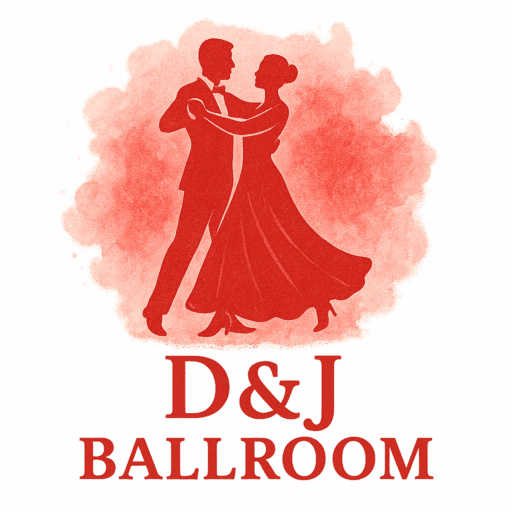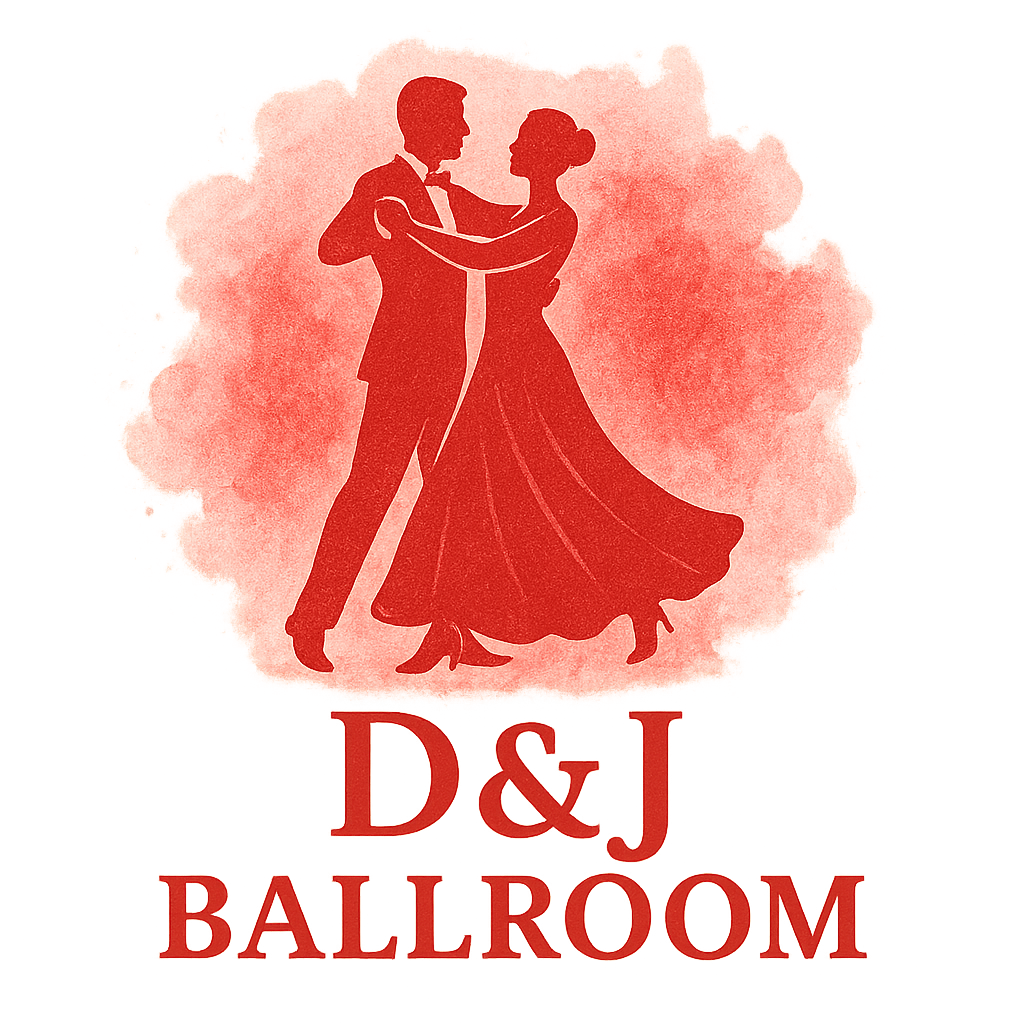Ballroom dancing isn’t just about elegant gowns, tuxedos, and music that sweeps you off your feet. Behind every graceful movement is a strong, well-trained body—especially the back. Without solid back strength, even the most passionate dancer struggles with posture, balance, and endurance.
That’s why today we’ll dive deep into 6 ballroom technique drills to improve back strength. These drills are practical, beginner-friendly, and adaptable for competitive dancers. Along the way, we’ll connect the dots between ballroom culture, training, and performance to help you fully understand why your back is your biggest dance asset.
Why Back Strength Matters in Ballroom Dancing
The Role of Posture in Ballroom
When it comes to ballroom, posture is everything. A lifted chest, elongated spine, and proud frame instantly separate amateurs from seasoned dancers. Posture also reflects ballroom’s rich history and culture, where elegance has always been the standard.
Balance and Stability During Movements
Whether it’s a sweeping waltz or a sharp tango, balance comes from your center—and your back is the anchor. Think of your spine as the ship’s mast: if it’s weak, the entire structure sways. That’s why ballroom pros spend hours refining their techniques and training.

Preventing Injuries with Strong Backs
Ballroom isn’t just about art—it’s also an athletic pursuit. Without back strength, dancers risk fatigue and strain. Proper drills not only protect you from injuries but also extend your dancing career, whether on stage or at competitions.
Understanding the Connection Between Ballroom and Back Strength
How Ballroom Engages Core and Spine
Every pivot, sway, and rise involves deep engagement of the spine and core. Without this, movements look disconnected. Strong back muscles create the “bridge” between your frame and your partner, allowing true harmony on the floor.
The Link Between Frame and Muscle Endurance
Maintaining frame is a marathon, not a sprint. Dancers know that posture must remain steady for entire rounds of ballroom dance styles. Your lats, traps, and spinal erectors provide the endurance necessary to keep your frame from collapsing.
Drill 1: Wall Posture Alignment
Step-by-Step Guide
- Stand with your back against a wall.
- Keep heels slightly away, ensuring glutes, shoulders, and head touch the wall.
- Engage your core and lightly press your lower back toward the wall.
- Hold for 30–60 seconds. Repeat 3–5 times.
Common Mistakes to Avoid
- Arching excessively in the lower back.
- Forcing shoulders back unnaturally.
- Holding breath instead of controlled breathing.
This drill builds awareness of posture, the same foundation emphasized in classic ballroom training drills.
Drill 2: Resistance Band Frame Hold
Step-by-Step Guide
- Secure a resistance band to a stable point.
- Hold both ends as if framing with a partner.
- Step back slightly to create resistance.
- Maintain your ballroom frame for 30–60 seconds.
Benefits for Ballroom Dancers
This mimics the subtle resistance of partner connection, helping you maintain your elegant frame longer during waltz or tango rounds.
Drill 3: Partnered Back Resistance Walks
How to Perform with a Partner
- Assume ballroom frame with your partner.
- Have them apply gentle forward pressure into your arms.
- Walk backward, engaging your back muscles and core.
Why This Drill Works
It simulates real competitive conditions, where your partner’s energy and weight must be managed. Practicing this makes you steadier on the floor during events and competitions.
Drill 4: Floor Core Extensions
Step-by-Step Guide
- Lie face down, arms and legs extended.
- Lift arms and legs off the floor, engaging your back.
- Hold for 10–15 seconds. Repeat 5 times.
Adding Variations for More Intensity
- Add small flutter kicks.
- Use light dumbbells in each hand.
- Alternate arm and leg lifts.
This movement strengthens the same muscles used in maintaining long lines in ballroom fashion and attire, where posture showcases elegance.
Drill 5: Slow Controlled Pivots
How Pivots Train the Back
Pivots are signature ballroom movements. Performing them slowly requires deep engagement from spinal muscles to keep posture upright while rotating.
Technique Tips for Success
- Keep your chest lifted without over-arching.
- Engage core to stabilize your spine.
- Use a mirror to monitor alignment.
Practicing pivots this way builds confidence for more advanced dance styles.
Drill 6: Ballroom Frame Hold with Arm Extensions
Step-by-Step Guide
- Take ballroom frame position.
- Slowly extend arms outward while keeping the back engaged.
- Hold for 10–15 seconds, then return to frame. Repeat 5–8 times.
Endurance Benefits for Ballroom Dancing
This drill enhances endurance for long rounds, allowing dancers to maintain elegance throughout performances, especially in tango and other intense styles.
Additional Tips to Enhance Back Strength
Cross-Training Ideas
- Pilates and yoga for spine stability.
- Swimming for endurance and flexibility.
- Strength training like rows and lat pull-downs.
Stretching and Recovery
Regular recovery ensures you don’t compromise mobility. Check out ballroom training techniques that emphasize body longevity.
Nutrition for Strong Muscles
Fuel your muscles with lean protein, omega-3s, and proper hydration. Like in ballroom wardrobe preparation, every detail counts—nutrition is your invisible costume.
Common Mistakes Ballroom Dancers Make with Back Training
Overarching Instead of Engaging
Many dancers lift their chest too far, arching their lower back. Engagement is about controlled lifting, not forcing.
Ignoring Warm-Up and Recovery
Skipping warm-up reduces flexibility and risks injury. Proper preparation is as important as picking the right ballroom attire.
How Often Should You Practice Ballroom Technique Drills?
Frequency Recommendations
Aim for 3–4 times weekly, alongside normal dance training. This balance prevents fatigue while building strength.
Signs You’re Overtraining
- Persistent back pain.
- Loss of posture during practice.
- Fatigue even in light drills.
Conclusion
Ballroom dancing may look effortless, but behind the grace lies strength—especially in the back. By practicing these 6 ballroom technique drills to improve back strength, you’ll not only maintain posture and frame but also perform with more confidence and elegance.
Remember: posture isn’t built overnight. Like perfecting a waltz or tango, back strength takes consistent practice. Over time, you’ll notice more endurance, better stability, and a frame that truly elevates your dancing.
FAQs
1. How long before I notice better posture from these drills?
With consistent training, results appear in 4–6 weeks.
2. Do I need equipment for all drills?
No, only a resistance band for one drill. The rest are bodyweight-friendly.
3. Can beginners do these back drills?
Absolutely—they’re suitable for all levels of ballroom dancers.
4. Should I drill before or after dancing?
After warm-up or after practice works best, preventing fatigue before lessons.
5. Can these drills help with other dance forms?
Yes. Ballet, Latin, contemporary—all benefit from strong backs.
6. How do I prevent back strain while training?
Stretch regularly, focus on form, and avoid overtraining.
7. What’s the single best drill for posture correction?
The Wall Posture Alignment drill, because it trains awareness and corrects alignment at its core.


